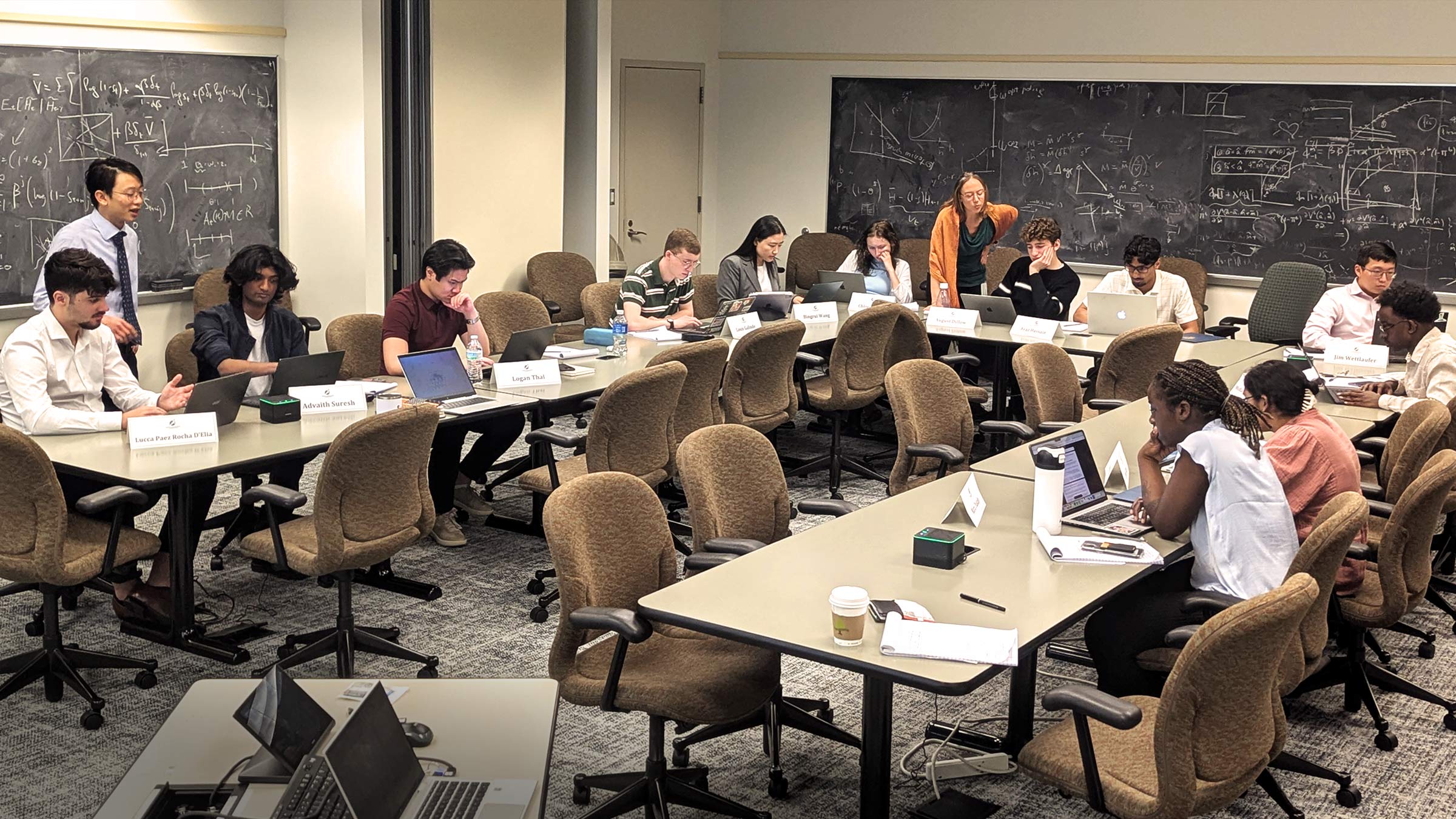Popular understanding holds that higher education in the United States underwent “democratization” in the 20th century, a transformation of college from the exclusive preserve of the upper crust into an accessible path toward the American Dream. But to date, there’s been little systematic evidence of such an educational transition.
The gap is now filled by new research from Todd Schoellman of the Minneapolis Fed’s Opportunity & Inclusive Growth Institute, with Lutz Hendricks and Chris Herrington. In “College Access and Attendance Patterns: A Long Run View,” an Institute working paper from the Minneapolis Fed, the economists document the reversal and explain forces behind it. Their study thus illuminates one of the major educational transformations in American history, providing a benchmark for future research.
College rising, and sorting
The scholars painstakingly synthesize decades of studies and confirm that, indeed, after World War II, there was a complete reversal in relative importance of family background and academic ability in determining college attendance. Prior to the war, family background largely wrote the ticket; after it, test scores opened doors. (Which is not to say that family income has disappeared as a factor—only that its relative strength diminished.)
What accounts for the transition? The GI bill seems a natural explanation, but the economists point out that its impact was too narrow and short-lived to account for national change—it applied mostly to men, for example, while the reversal affected both genders. And later, financial aid programs were implemented well after the reversal.
The researchers look instead to two trends. First, college attendance rose dramatically after the war (see figure), driven in part by much increased affordability—the cost of public college relative to per capita GDP in 1950 was one-third of what it was during the Depression. The increasing value of a degree—higher wages for the college-educated—was also crucial.

The second trend: widespread adoption of standardized admissions tests (they too became less expensive) and of more uniform application and admission procedures. Standardized testing and admissions allowed students to apply to more colleges, across the nation. Historically, college had been a local market, but after the war, students considered schools far from home, and colleges looked nationwide for the best students. The result was national integration of the market for higher education.
These trends, and the national market integration they generated, “differentially [affect] the quality of colleges available to high-ability and high-income students,” the economists theorize. Better students, even from low-income families, had more opportunities, while low-ability students were unlikely to be admitted to the best colleges, regardless of income or connections. That sorting reshaped attendance decisions and generated the reversal.
Details of trend and model
The paper begins by documenting patterns of 20th century college attendance, highlighting the respective roles of family background (income and wealth) and academic ability (grades and tests). The economists collect, harmonize and analyze data from 42 studies of high school graduates from 1919 to 1980.
Graduating classes in 1933 and 1960 illustrate the transition. For the first, academic ability was one-third as important as family background in explaining college attendance. By 1960, ability was more important than family. “By the mid-1950s there is growing evidence of a complete reversal,” write Hendricks, Herrington and Schoellman.
The economists then construct a model to show how rising attendance and standardized admissions tests can explain this reversal. The key moving parts are, logically, students and colleges.
Students vary by academic ability and family background. Ability affects how much they learn in college, while background determines ease of financing college. High school grads decide whether to work, go to the local college or attend the best college nationwide that will have them. They weigh short-run pain of financing college against long-run gain of higher earnings.
Colleges vary by quality, which depends in part on the students they admit; each college has limited capacity. They set admissions criteria to get the highest-ability students possible, without overadmitting.
Two variables change over time: the value of college and the adoption of college testing. These forces generate the reversal in ability/family sorting patterns seen in the data for the 1933 and 1960 cohorts, as well as other relevant facts.
The rising demand for college “sets off a chain reaction,” conclude the economists. It led more students to apply. Better colleges received more applications than they had spots and began to practice selective admissions. Their quality rose, making them more attractive. At the same time, the widespread availability of test scores made it easier for high-ability students to show they deserved a spot at top colleges. College became a much more attractive option for high-ability students. But for affluent, low-ability students, college options grew worse.
Higher education became more broadly accessible, if still beyond the economic reach of many.





